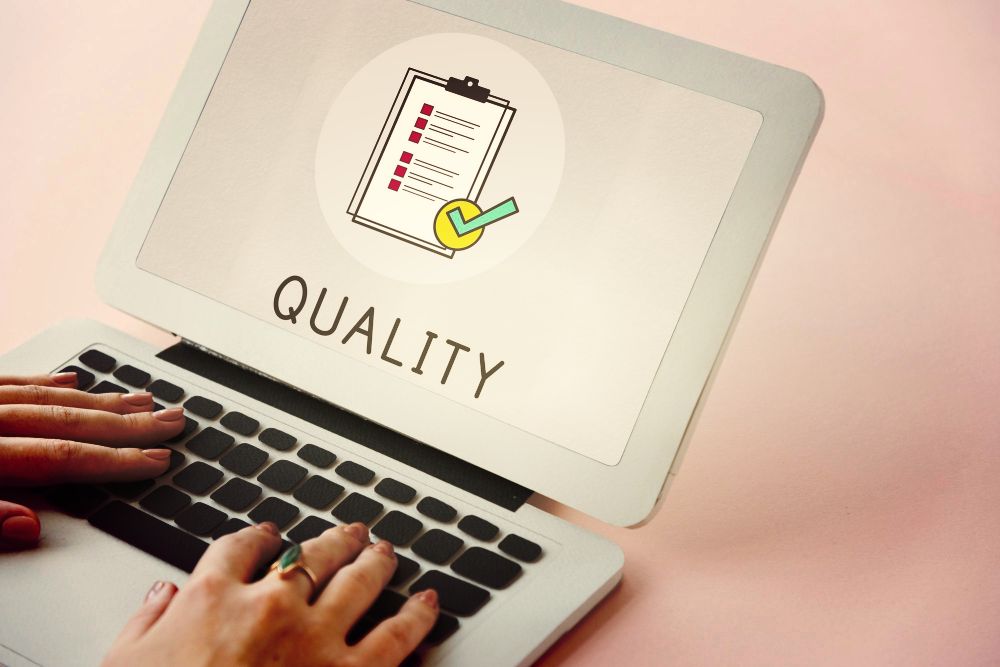In today’s competitive business environment, maintaining quality and environmental performance is critical to success. That’s why many organizations seek certification to ISO 9001 and 14001 standards, which provide a framework for managing quality and environmental issues. Central to this framework are quality objectives, which help organizations set goals that are measurable, achievable, and aligned with their overall business strategy.
To maintain ISO 9001 and 14001 certifications, organizations must establish quality objectives at relevant functions, levels, and processes within the organization. These objectives should be specific, measurable, achievable, relevant, and time-bound (SMART), and should be consistent with the organization’s quality and environmental policies.
When reviewing quality objectives, organizations should follow these essential steps:
- Establish a Review Schedule: Establishing a review schedule will help an organization to ensure that the objectives are regularly reviewed and updated. This review schedule should be communicated to all relevant stakeholders to ensure that everyone is aware of the timeline.
- Collect Data: Collecting data on the progress towards meeting the objectives is essential. This data can be collected through various means, such as audits, customer feedback, and internal reviews. It is important to ensure that the data collected is reliable, relevant, and up-to-date.
- Analyze Data: Analysing the collected data will help business to identify trends, areas for improvement, and potential opportunities. This analysis should be conducted by a cross-functional team to ensure that all relevant perspectives are considered.
- Revise Objectives: Based on the analysis of the collected data, organizations should revise their quality objectives. The objectives should be updated to ensure that they are still relevant, achievable, and aligned with the organization’s overall strategy.
- Communicate Changes: Communication is key when it comes to reviewing quality objectives. The changes to the objectives should be communicated to all relevant stakeholders, including employees, customers, and suppliers.
- Monitor Progress: Once the revised objectives are established, organizations should monitor progress towards achieving these objectives. Regular monitoring will help to ensure that the objectives are on track and that any issues can be addressed in a timely manner.
Proper monitoring and measurement of an organization’s objectives is crucial to ensure they are being achieved successfully. For example, when an organization decides how to achieve its quality or environmental goals, it needs to decide:
- What is going to be done?
- What resources will be required?
- Who will be responsible?
- When will it be completed?
- How results will be evaluated?
In conclusion, reviewing quality objectives is an essential part of maintaining ISO 9001 and 14001 certifications. Organizations should establish a review schedule, collect data, analyse data, revise objectives, communicate changes, and monitor progress towards achieving these objectives. By following these steps, organizations can ensure that their quality objectives are relevant, achievable, and aligned with their overall business strategy. Regular review and improvement of quality objectives are crucial for achieving continuous improvement, which is essential for long-term success in today’s competitive business environment.
